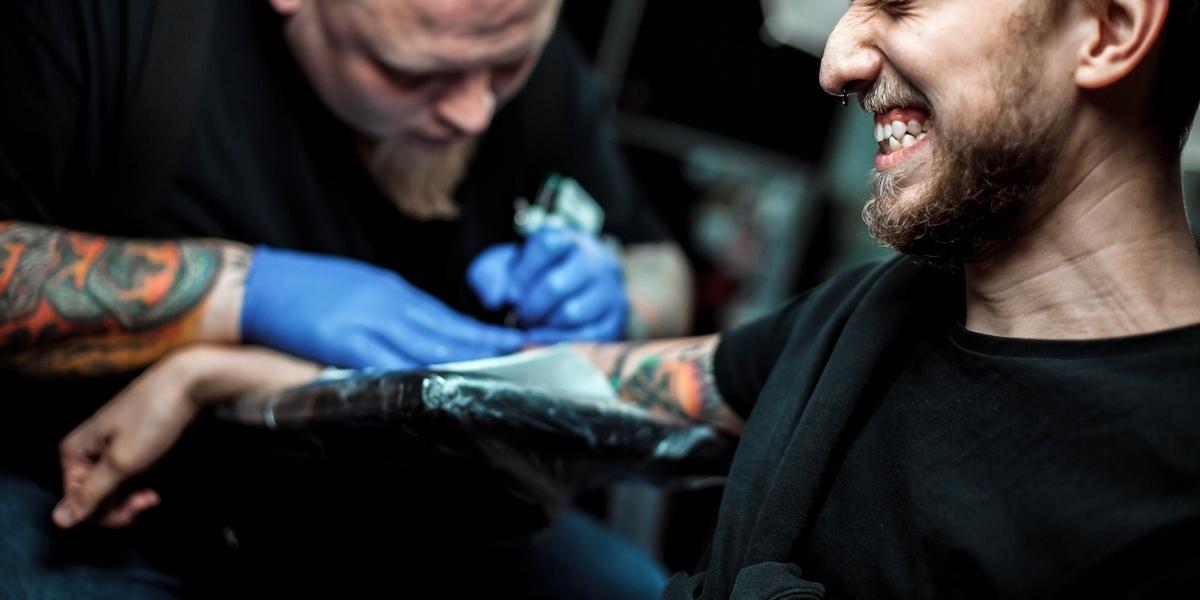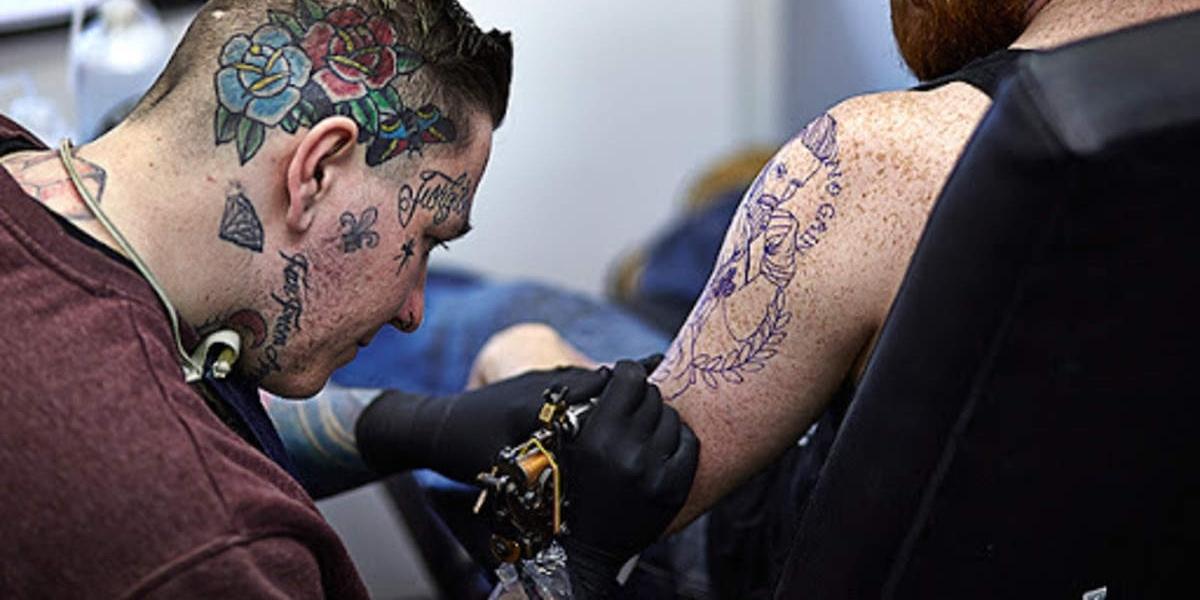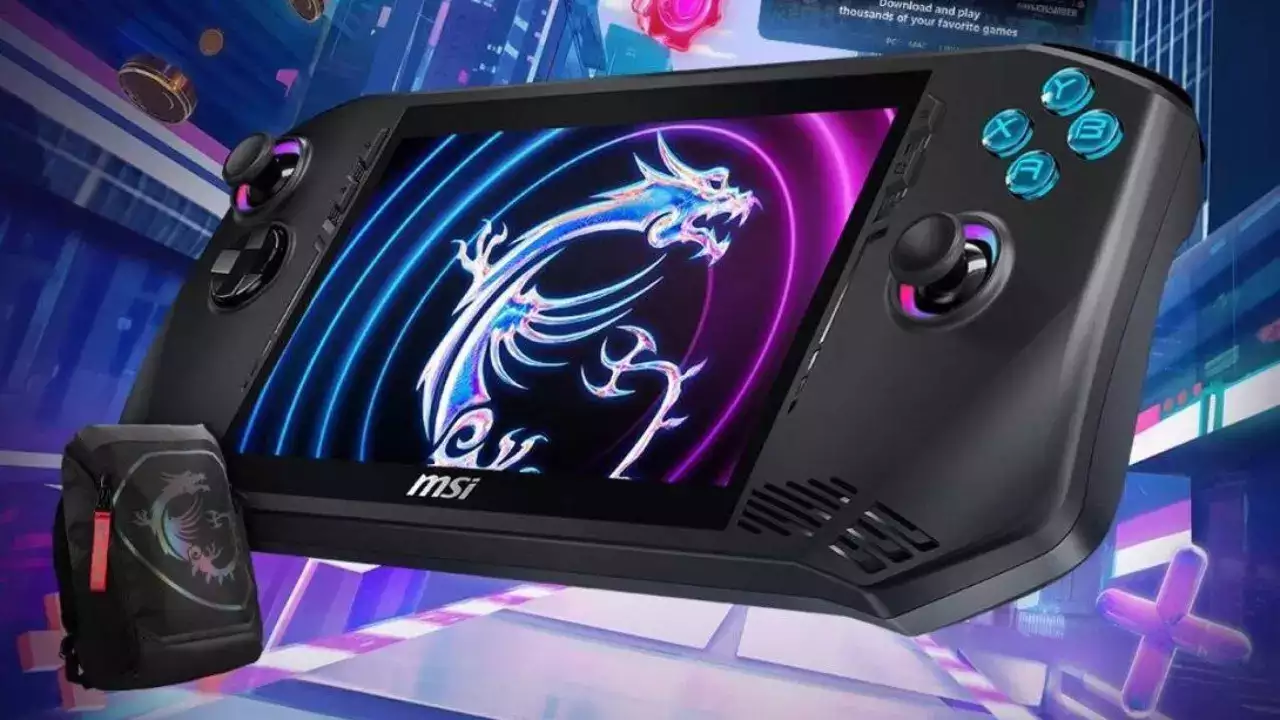Getting Inked Might Become Painless - Things Are About To Change
September 19, 2022 By Jozeph P

(Image Credit Google)
 Additionally, certain individuals may benefit from tattoos that serve as permanent alerts about life-threatening medical disorders or that assist conceal surgical scars.
This inspired a group of researchers from the Georgia Institute of Technology to devise a method for using microneedle technology as a substitute for traditional tattooing.
Microneedles, as their name suggests, are tiny enough to inject drugs or medications into the dermis layer of the skin without causing discomfort. They are frequently grouped together and given to people using patches that are simply applied to the skin.
The Georgia Tech researchers developed tiny needles that are the size of sand grains and are produced from tattoo ink that is housed in a "dissolvable matrix" that is linked to a flexible patch.
Additionally, certain individuals may benefit from tattoos that serve as permanent alerts about life-threatening medical disorders or that assist conceal surgical scars.
This inspired a group of researchers from the Georgia Institute of Technology to devise a method for using microneedle technology as a substitute for traditional tattooing.
Microneedles, as their name suggests, are tiny enough to inject drugs or medications into the dermis layer of the skin without causing discomfort. They are frequently grouped together and given to people using patches that are simply applied to the skin.
The Georgia Tech researchers developed tiny needles that are the size of sand grains and are produced from tattoo ink that is housed in a "dissolvable matrix" that is linked to a flexible patch.
 When the patch is applied, pressed into the skin, and left for a few minutes, the ink dissolves and remains in the skin when the patch is removed, leaving a recognisable image behind but without any of the swelling or bleeding connected with conventional tattooing techniques.
As with the pixels on your smartphone's screen, the colour of the ink used to create each microneedle can be customised to create full-color tattoo images. Inks that are only visible under ultraviolet light could even be used, as a way to mark patients as necessary while maintaining the confidentiality of any tattooed medical information.
According to recent research described in an article published in the iScience magazine, the tattoos may be able to endure up to a year, but they may also have a shorter lifespan if temporary tattoo inks are employed in their place.
When the patch is applied, pressed into the skin, and left for a few minutes, the ink dissolves and remains in the skin when the patch is removed, leaving a recognisable image behind but without any of the swelling or bleeding connected with conventional tattooing techniques.
As with the pixels on your smartphone's screen, the colour of the ink used to create each microneedle can be customised to create full-color tattoo images. Inks that are only visible under ultraviolet light could even be used, as a way to mark patients as necessary while maintaining the confidentiality of any tattooed medical information.
According to recent research described in an article published in the iScience magazine, the tattoos may be able to endure up to a year, but they may also have a shorter lifespan if temporary tattoo inks are employed in their place.
Leave a Reply

Apple's iOS 18: A Leap into the AI Era
March 12, 2024

Google's Regular Pixel 8 Won't Get Gemini Nano AI
March 12, 2024

MacBook Air M3 Makes Amends for M2's Storage Blunder
March 11, 2024

Samsung Unveils the Galaxy M15 5G
March 11, 2024

Elon Musk's xAI to Open-Source Chatbot Grok
March 11, 2024

Contra: Operation Galuga - A Modern Run-and-Gun Classic
March 11, 2024

Musk Confirms X's TV App Arrives This Week
March 11, 2024
RELATED NEWS
2
3
4
5
6
7
8
9
10


